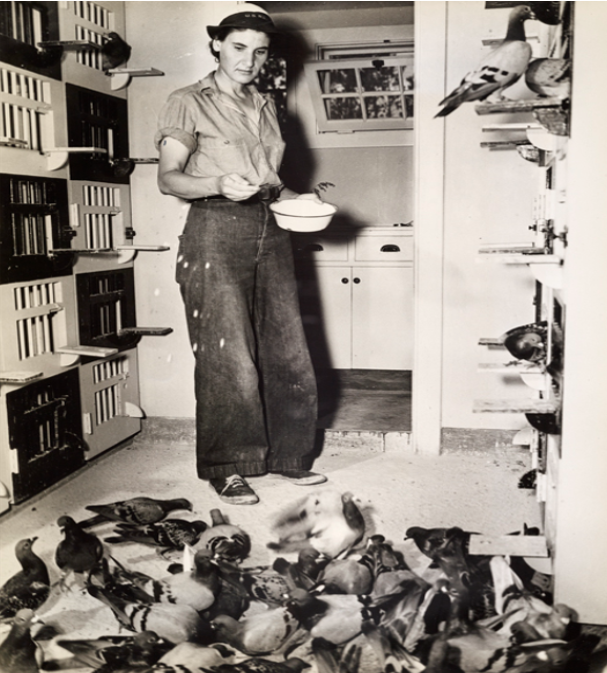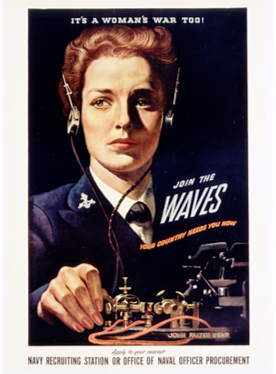If you’ve read any of my previous blog posts on World War II, you already know that 300,000 women served in the newly founded women’s military service groups during WWII, including Army, Army Air Force, Navy, Coast Guard, and Marines. Of those women, nearly 100,000 served in the Navy’s WAVES (Women Accepted for Volunteer Emergency Services). With that large number in mind, it should be no surprise that some WAVES were homosexual and would likely define themselves as LGBTQ+ today.
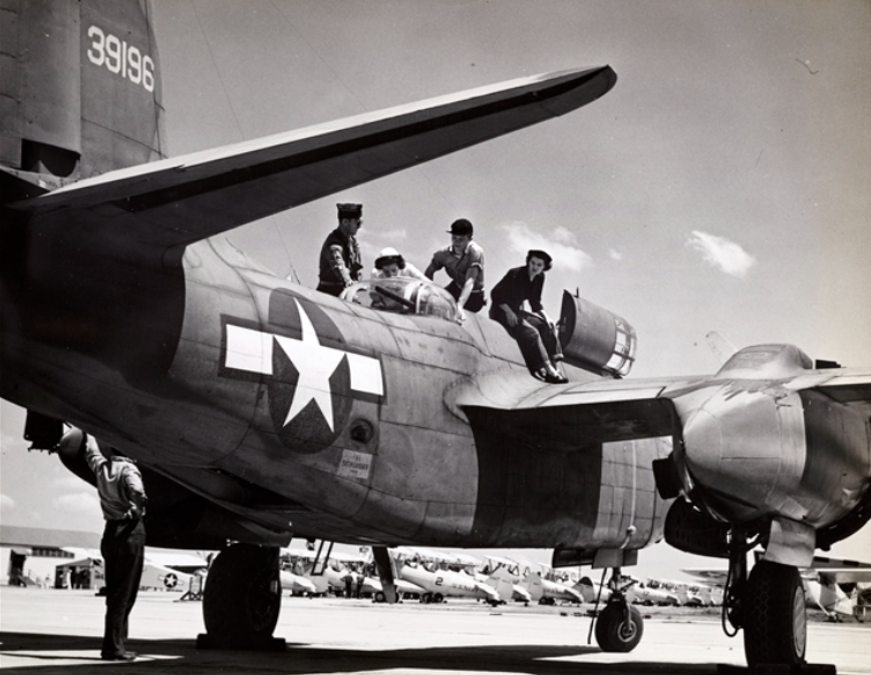
Serving “In the closet”
While the military at this time was officially against allowing LGBTQ+ identifying people into the military, they also were desperate for more service members. So in some ways, there was a similar mentality to the “don’t ask, don’t tell” policy of the 1990s and 2000s. Ben Small, a gay man who served in the Army Air Corps during WWII, remembered the mentality was “If they’re gay, fine. Just so long as they didn’t embarrass anybody or do anything on the premises.”
However, during enlistment, the US military actually conducted psychological screenings on potential GIs. One of the purposes of the screenings was to determine if the potential GI was homosexual. Anyone thought to be homosexual by the psychologists could then be rejected from enlistment. Despite this, many LGBTQ+ identifying people successfully entered the military during WWII.
Due to the smaller number of women coming into the military (as compared to men), these psychological screening questions were not adapted or applied to women enlistees. Laws and society at this time seemed to overlook lesbians and bisexual women, and this double standard actually allowed many LGBTQ+ women to enter the military undetected. The WAVES was no exception.
Lesbians serving in the WAVES
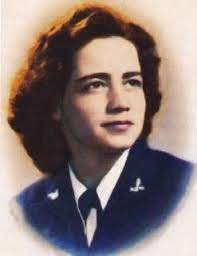
Sarah Davis was an Aviation Machinist Mate in the WAVES during WWII, serving at Naval Air Station, Vero Beach, Florida. Davis said of her service: “I liked the military life. I liked the discipline, I liked the order, I liked the propaganda, the marching and the tunes. But I think my experience was not so positive. It threatened my love life and my very strong feelings toward another person. It was not all right to fall in love with a woman. So it made me very, very guarded for years and years. It took away what power that I thought I had. It broke my spirit, really – a lot. And that’s been hard to recover, very hard.”
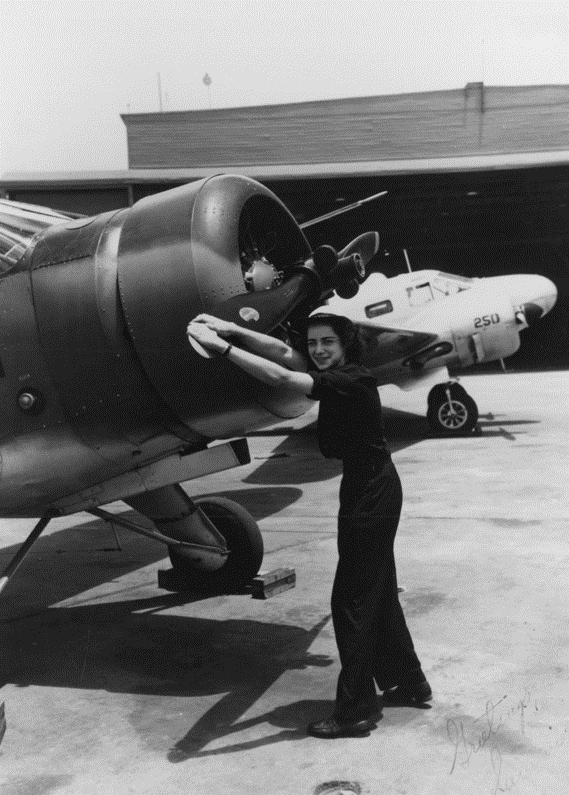
Davis had her first serious relationship with a woman during her service in the WAVES. A woman in the WAVES that Davis admired confessed her feelings, and they maintained a long-term relationship during their service. However, they never referred to it as a ‘lesbian’ or ‘homosexual’ relationship. While LGBTQ+ service members were often able to find accepting or like-minded friends, there was still the possibility of discharge from the military and ostracisation in society. The number one rule was to never speak of LGBTQ+ relationships directly, always in slang or metaphorical language.
Davis said of this rule: “We used to go to the bars open to lesbians, and hug and kiss and so on, but we had to keep things under control. And we definitely couldn’t acknowledge commanding officers who might be lesbian, because you could get into big trouble.”
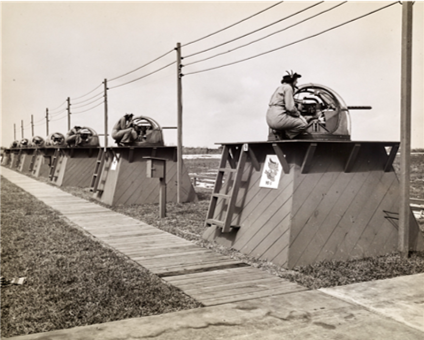
Anti-Lesbian Witchhunts
Toward the end of the war, as less ‘man power’ was needed, anti-lesbian witchhunts began sweeping women’s service branches. What had been accepted or ignored before, was now interrogated and sometimes brought to a military court. Often, it was those who did not fit traditional gender norms that were targeted first–in the case of women, those with short hair, or those who acted “too masculinely.” Davis, fortunately, survived the ‘anti-lesbian witchhunts’ in the WAVES, but only because she successfully denied knowing her lesbian friends. Other lesbian (or LGBTQ+) members of the service often married male gay services members, to pass as heterosexual and evade discharge as an ‘undesirable.’
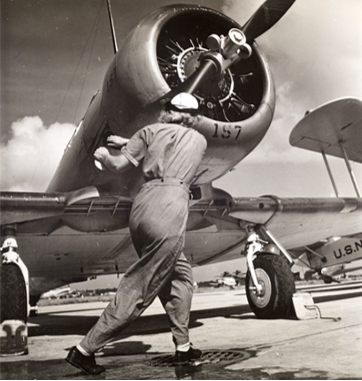
Still Moving Forward
Davis, and many like her, paved the way for LGBTQ+ community members to serve in the military today. While there is still progress to be made, many of the struggles Davis faced have been overcome, and those that wish can serve openly in the military today. We thank Sarah Davis and all the other members of the LGBTQ+ community in the military for their service.

Resources for further reading:
https://www.latimes.com/archives/la-xpm-1995-06-25-tv-16798-story.html
Berube, Allan. Coming Out Under Fire: The History of Gay Men and Women in World War Two. The Free Press, A Division of MacMillian, Inc. New York, 1990.
https://www.history.navy.mil/browse-by-topic/diversity/lgbt.html
